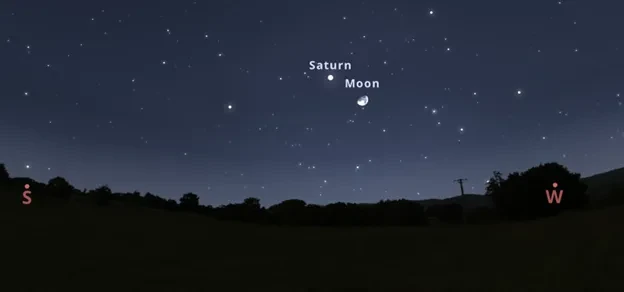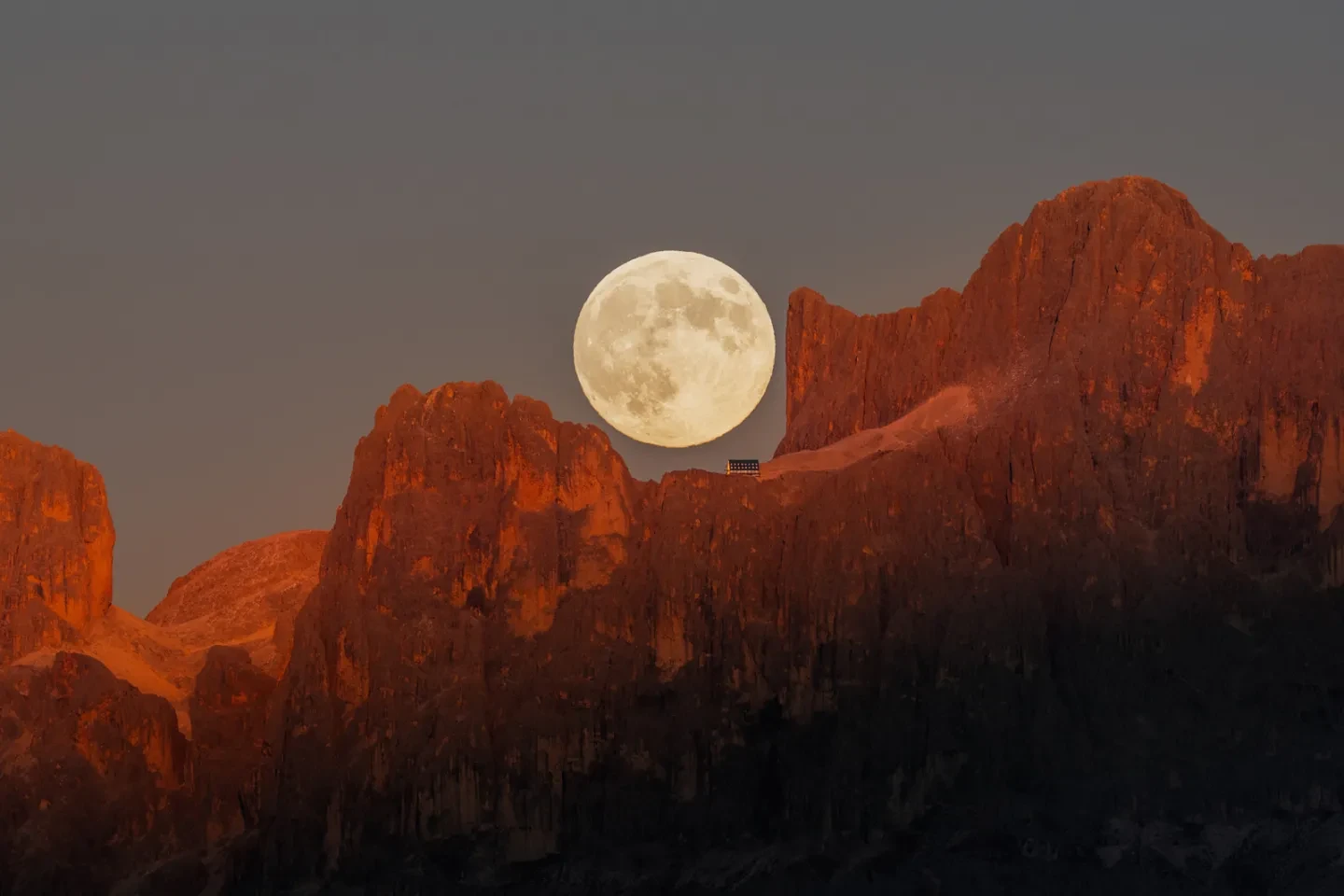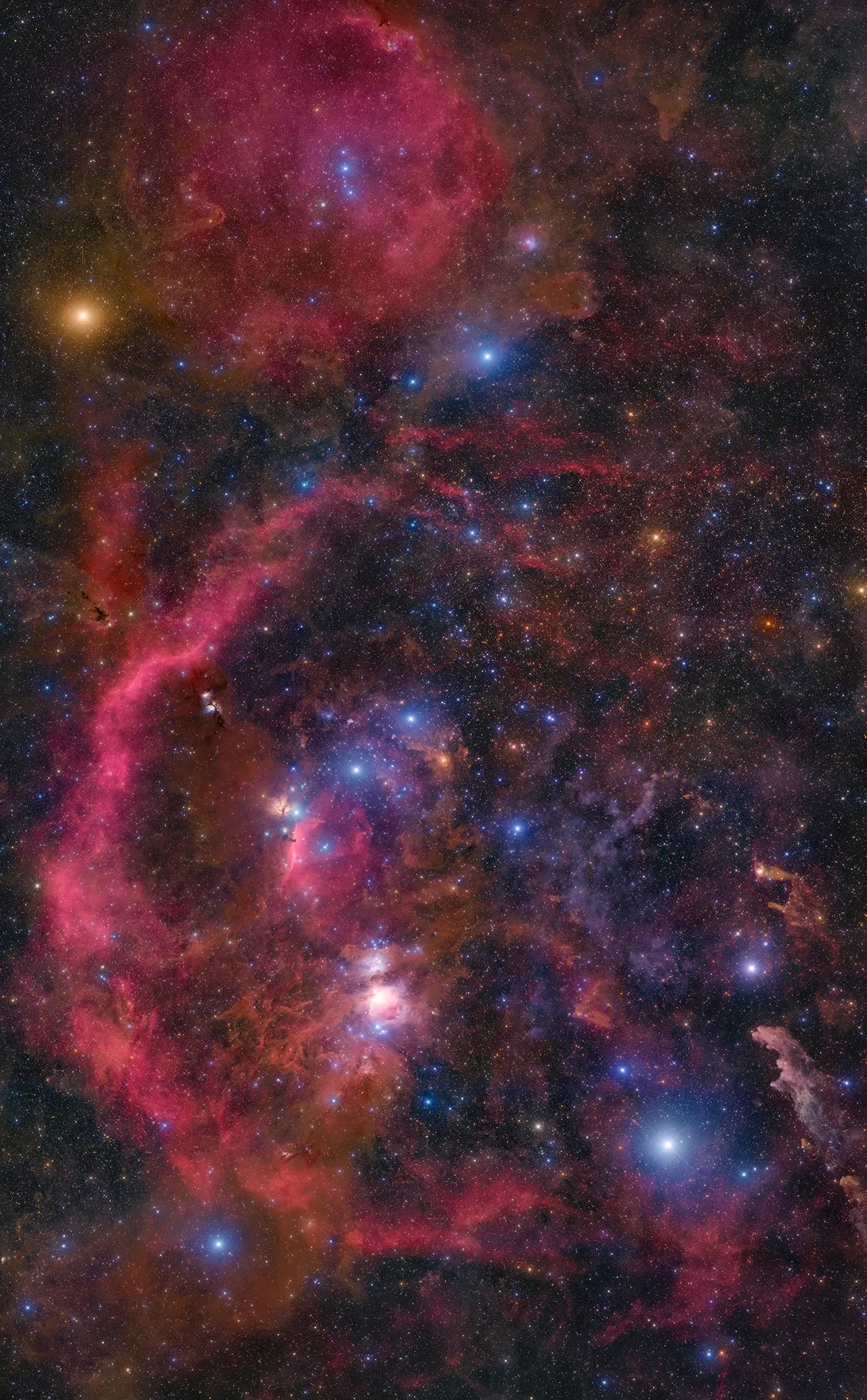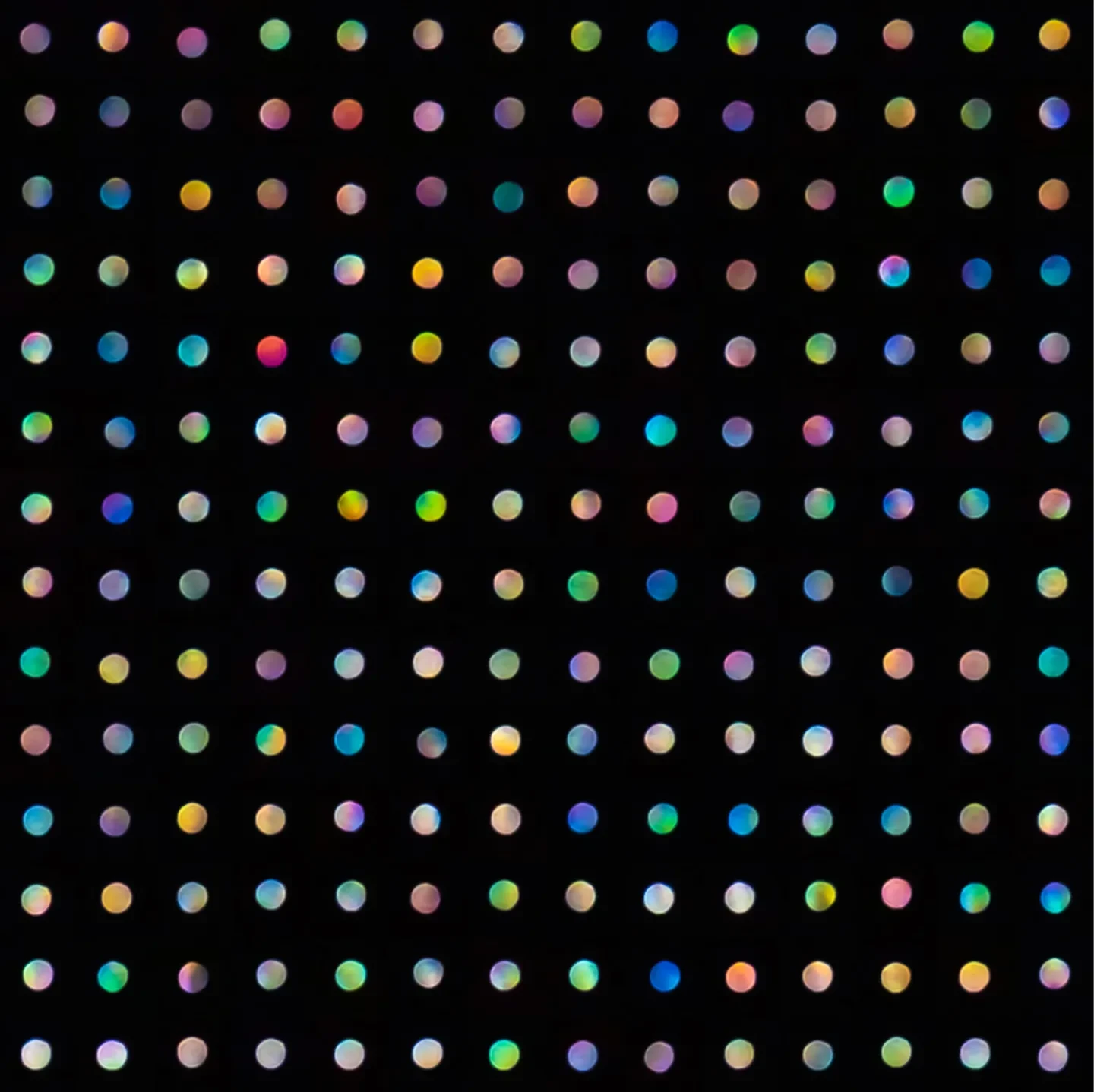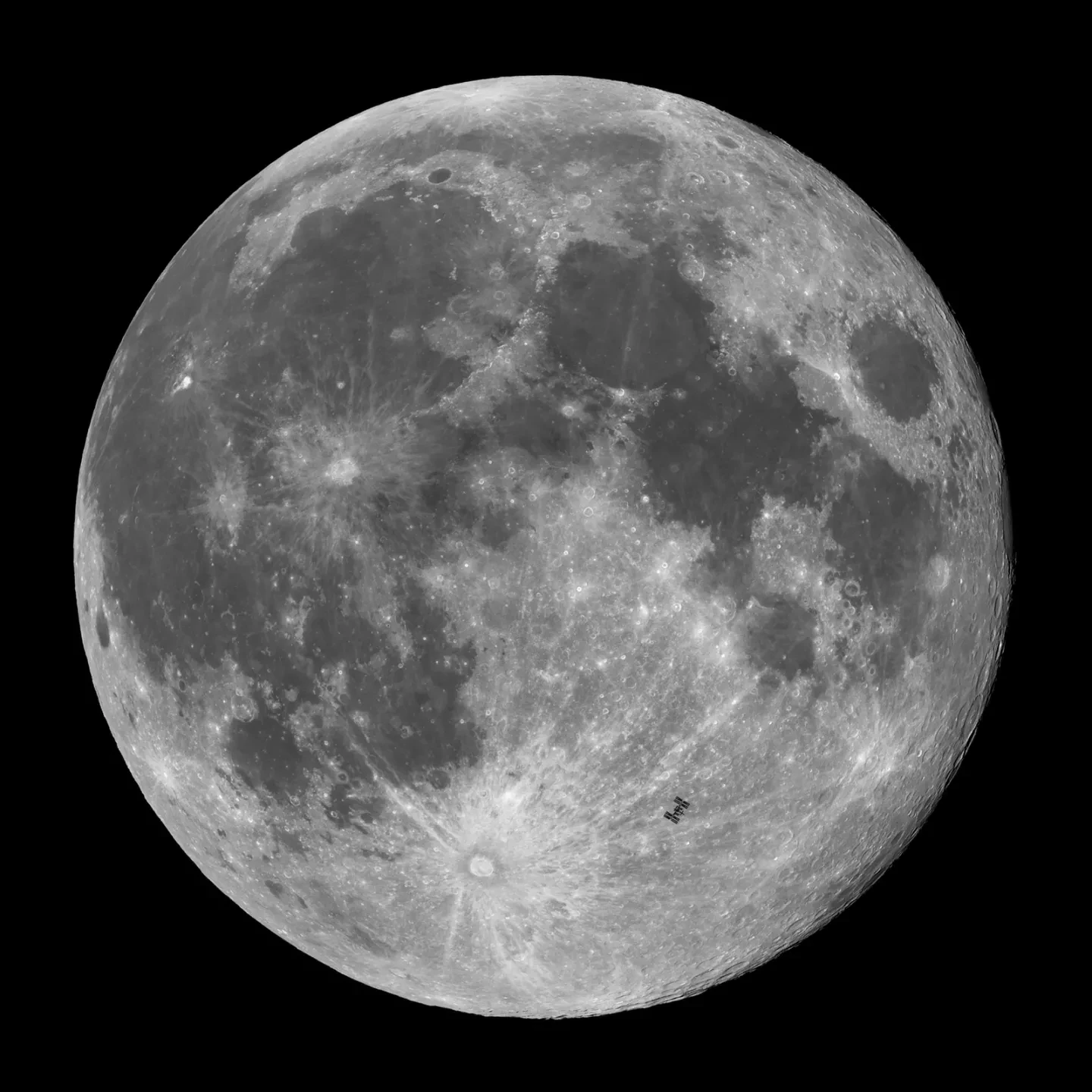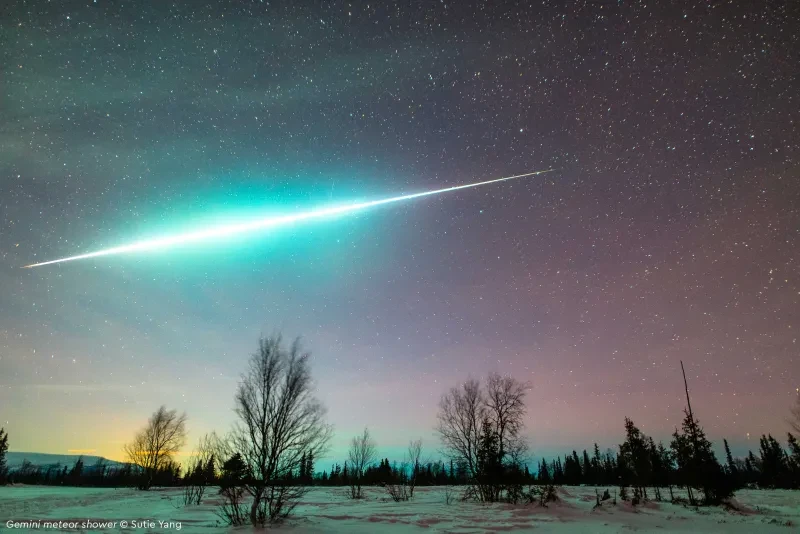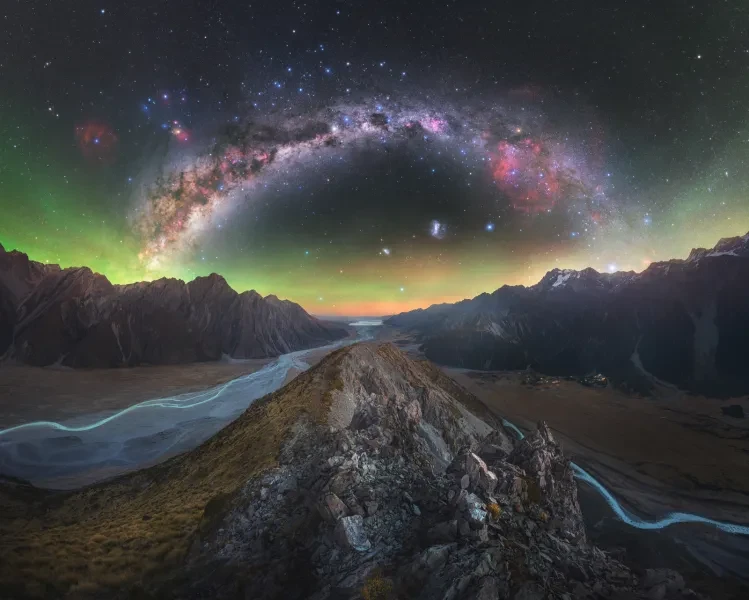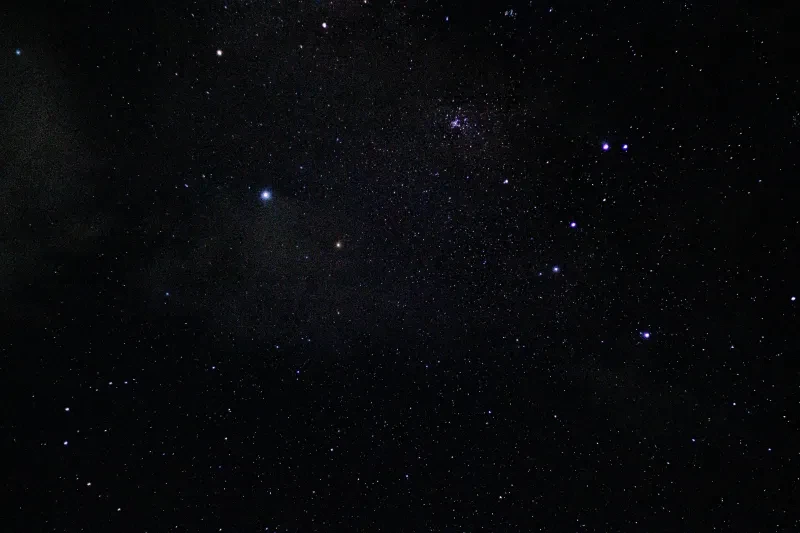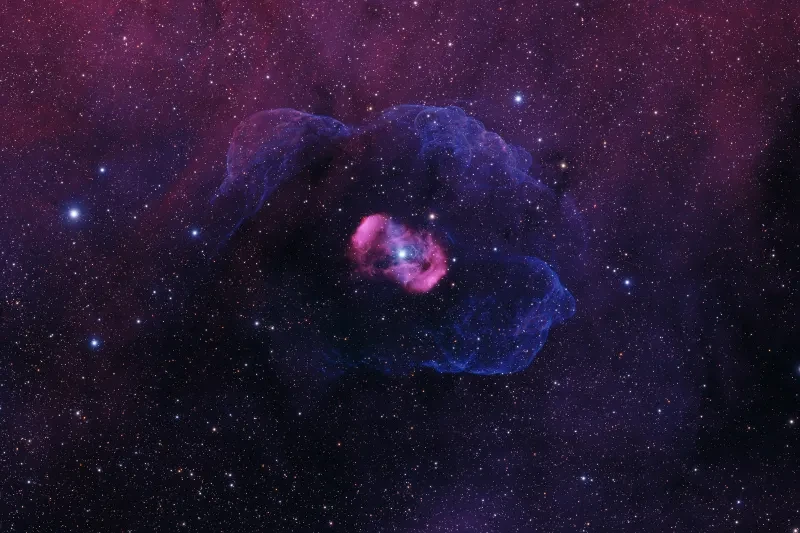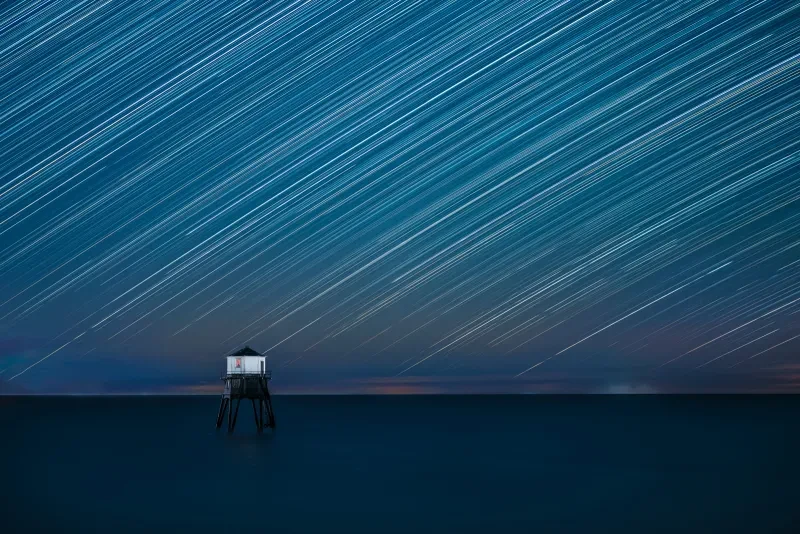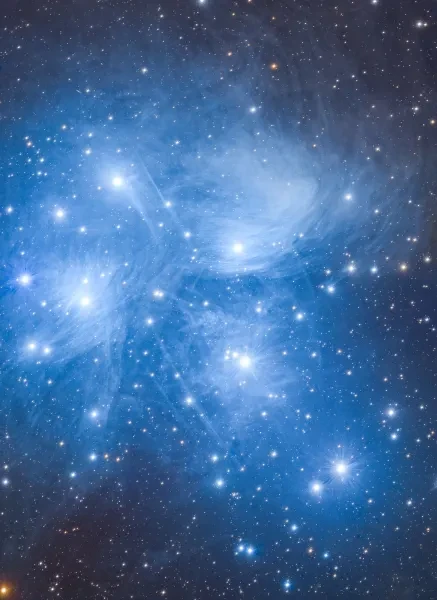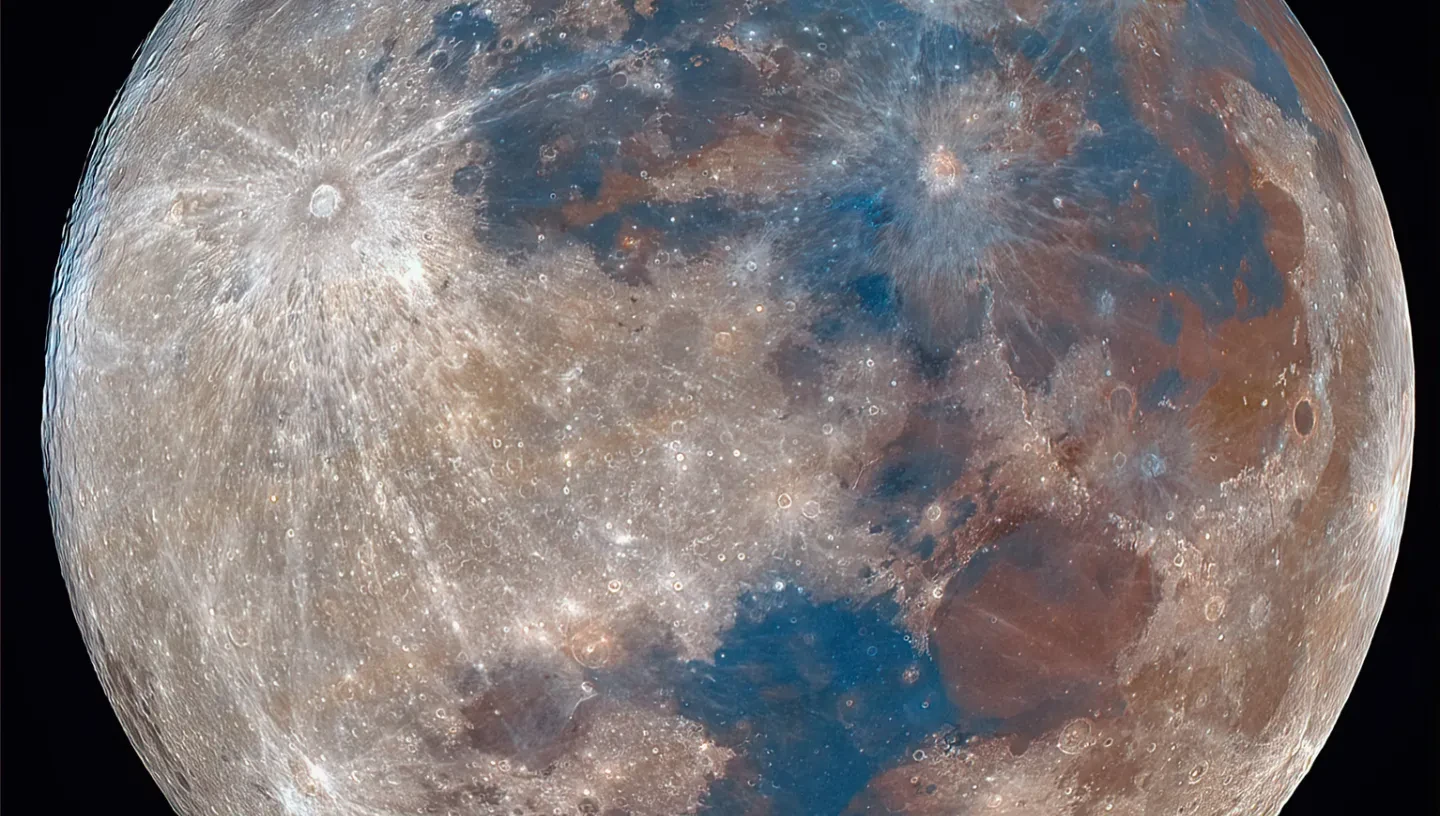
Explore what you can see in the night sky this November, including the brightest star in the night sky and the brightest full Moon of the year!
By Labdhi, Work Experience Student
Top 3 things to see in the night sky in November 2025:
- 1-2 November - Spot the Moon and Saturn next to each other
- 22 November - Learn about Betelgeuse and Rigel
- 30 November - Don't miss the brightest star in the night sky - Sirius!
Details given are for London and may vary for other parts of the UK.
See December's night sky highlights
Saturn and the Moon
On 1 and 2 November, turn your gaze towards the south-west after dark to see two well-known celestial bodies close together in the sky: our very own Moon (which will be in its waxing gibbous phase) and the ringed planet Saturn.
While the Moon and Saturn may appear to be side by side, this is from Earth’s vantage point only. In reality, the two are separated by over a billion kilometres!
A supermoon
On 5 November, you will see the brightest full Moon of the year! At 7-8% larger than average, this supermoon will certainly catch your eye.
It'll be visible all night, but to see the supermoon at its best look to the east just after sunset, where the supermoon will be low on the horizon. As it rises it’ll appear particularly large compared to the surrounding landscape.
Stars in Orion
On 22 November, throughout the night you'll find one of the most recognisable constellations in the sky: Orion the hunter.
Two stars in Orion - Betelgeuse and Rigel - shine especially bright. Rigel is the brightest star in the constellation and is a blue supergiant. Meanwhile, its companion Betelgeuse is a red supergiant star and is the second brightest star in Orion. Looking up towards the east, these two starry giants are not to be missed. Their differences highlight how much variation there is in our universe.
The night sky's brightest star - Sirius
The last few days of November will reward us with Sirius, rising from the south-east. If viewed from the same distance, Sirius would be about 25 times more luminous than our Sun! It’s the brightest star visible from Earth (not counting the Sun).
Part of the Canis Major constellation, Sirius has fascinated stargazers for millennia. This is due to its unmistakable brightness, being only 8.6 light years away.
If you’d like to find Sirius for yourself, the easiest way is to use Orion’s belt. Orion’s belt is the three bright stars in a neat line through the centre of the constellation. If you follow the line through these stars down to the left, towards the horizon, it will lead you straight to Sirius!
The Moon's phases in November 2025
Full moon: 5 November (13:19)
Last quarter: 12 November (05:28)
New moon: 20 November (06:47)
First quarter: 28 November (06:59)
Stargazing tips
- When looking at faint objects such as stars, nebulae, the Milky Way and other galaxies, it is important to allow your eyes to adapt to the dark so that you can achieve better night vision.
- Allow 15 minutes for your eyes to become sensitive in the dark and remember not to look at your mobile phone or any other bright device when stargazing.
- If you're using a star app on your phone, switch on the red night vision mode.
